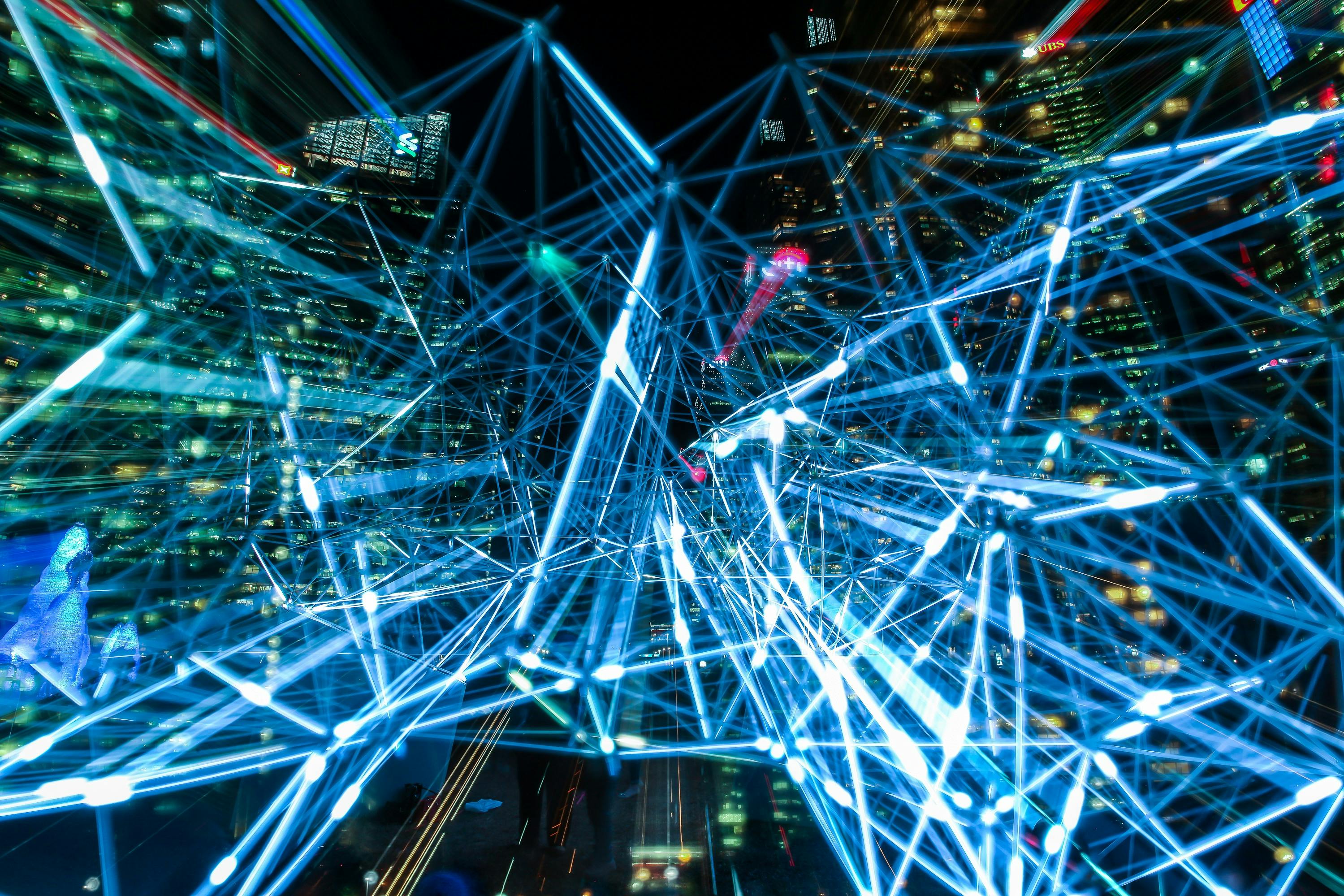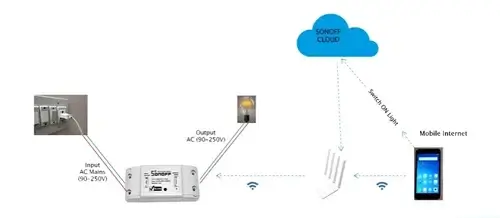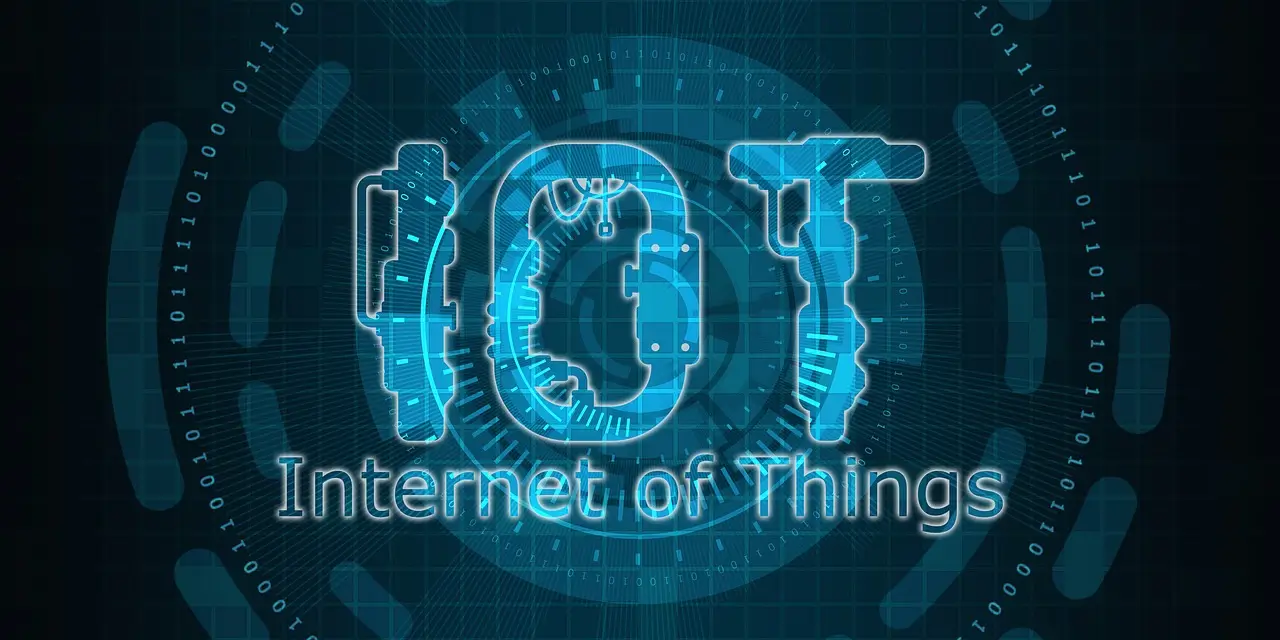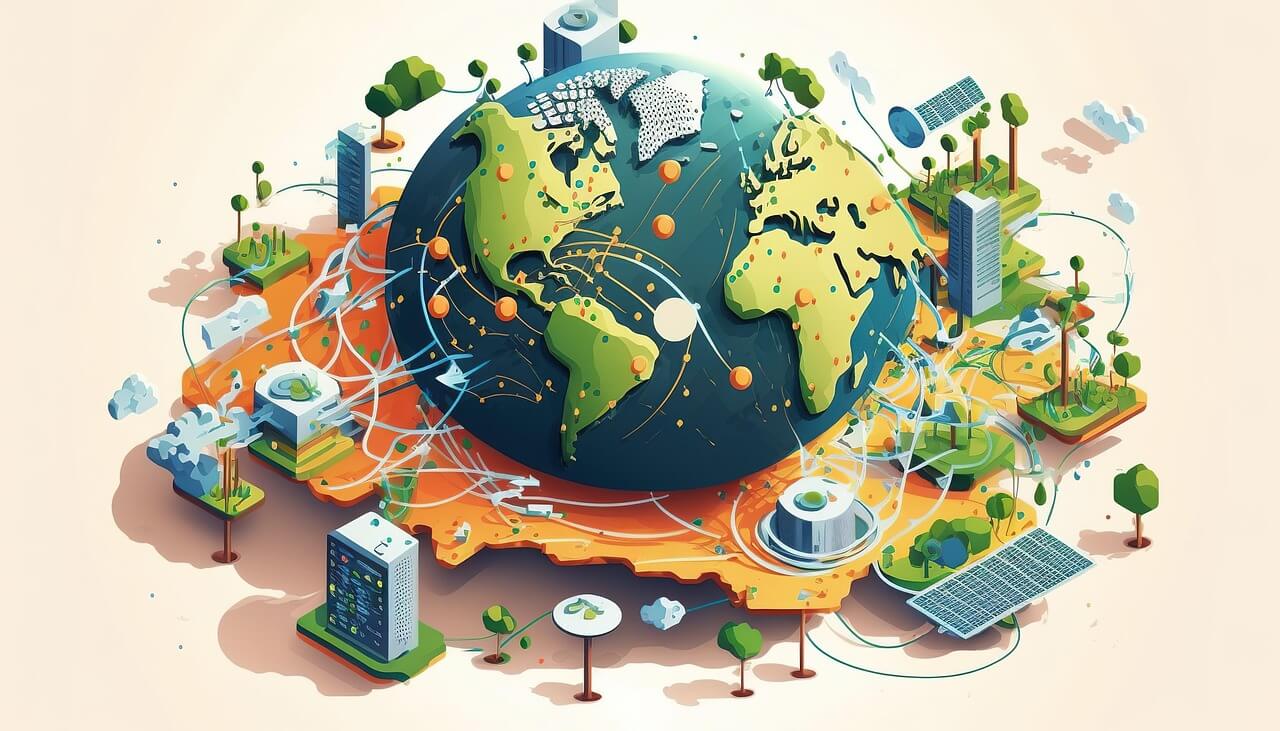The Smart Home Office Revolution: How IoT is Redefining Remote Work
The pandemic might have made work-from-home the new normal, but even after offices reopened, many of us chose to stay in our home setups. The flexibility, comfort, and control are hard to beat. But working from home also brought a set of challenges — from managing distractions to keeping sensitive data safe.
Enter the Internet of Things (IoT) — a quiet revolution that’s turning ordinary home offices into smart, secure, and productive workspaces.
The Smart Home Office Revolution
A few years ago, “smart” meant having a virtual assistant to play music or control lights. Today, IoT has expanded far beyond that. From smart lighting and thermostats that adapt to your schedule, to sensors that monitor air quality and ergonomics, IoT is making home offices feel like personalized work zones.
Imagine this: your chair adjusts automatically when you sit, your room lights brighten as your webcam turns on, and your air purifier kicks in when the CO₂ level rises. You don’t have to think about comfort — your workspace does it for you.
This is what IoT brings — effortless efficiency.
Smarter Productivity, Naturally
Working from home can blur the line between professional and personal life. IoT devices help restore balance by building structure and rhythm into your day.
- Smart assistants like Alexa or Google Home can schedule reminders, manage meetings, and even suggest breaks based on your work pattern.
- Smart lighting systems adjust brightness according to the time of day, reducing eye strain and helping maintain focus.
- IoT-enabled coffee machines can start brewing right before your break — because sometimes, motivation smells like fresh coffee.
It’s not about adding gadgets for the sake of it; it’s about creating an environment that supports how you naturally work best.
Safety in a Digital World
Remote work doesn’t just mean working from your home — it means your home is now part of your company’s digital ecosystem. With that comes the responsibility of keeping it secure.
IoT plays a major role here. Smart routers can detect unusual traffic and block potential cyber threats before they reach your laptop. Biometric authentication systems, like fingerprint locks on IoT-enabled devices, ensure only authorized people can access work data.
Even simple IoT upgrades — like smart cameras for your home workspace or motion sensors — add a layer of physical safety, especially if you live alone or work late hours.
The same connectivity that powers your convenience can also protect your peace of mind.
Wellness at Work, Reinvented
It’s easy to forget about posture, hydration, or air quality when you’re glued to your screen all day. IoT helps there too.
- Wearable sensors monitor sitting time, nudging you to stretch.
- Smart desks adjust height automatically for better ergonomics.
- Air quality sensors keep track of humidity, temperature, and CO₂ — because fresh air means fresh ideas.
These aren’t just fancy features; they’re gentle reminders that your well-being is part of your productivity. IoT is helping remote work evolve into a lifestyle that values both efficiency and health.
Real-World Examples
- Philips Hue lighting systems help remote workers customize their lighting for mood and focus.
- Nest thermostats learn daily routines and optimize room temperature for comfort during work hours.
- Cisco Meraki and TP-Link smart routers enhance cybersecurity for remote employees.
Even freelancers are investing in smart gadgets that make their setup adaptive and reliable. The goal isn’t to replace human effort — it’s to make effort smarter.
The Future of Remote Work
As IoT continues to evolve, the future home office might look like a living, learning environment. Devices will sync with your calendar, detect your mood through tone or movement, and fine-tune your surroundings for energy, focus, or calm.
It’s not just about working from home anymore — it’s about working from a home that works with you.
Conclusion
The Internet of Things is quietly reshaping how we work, think, and live at home. From boosting productivity to protecting data and improving well-being, IoT makes remote work not only smarter but also safer and more human.
When technology blends seamlessly into our routines, we stop noticing the gadgets — and start noticing how good it feels to work in a space that understands us.




